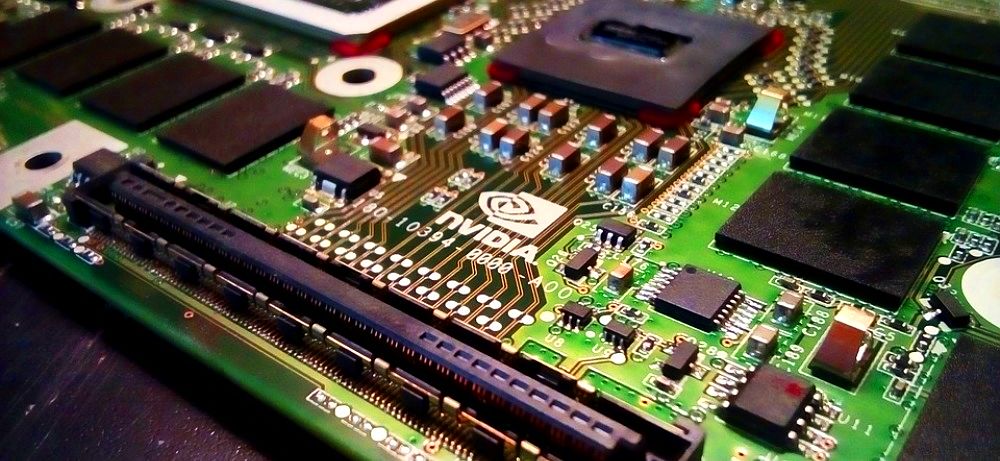Were you the first in line to buy Google (GOOGL) Glasses? Were you the first in line to buy a 3D Television when it came out? If you were, there is a label for you and that is an innovator. Did you wait for the hype to die down, but knew you needed and Apple (AAPL) Watch before most of the people in your office got one? There is a label for that too, and it’s the early majority. Are you still using a phone book? There is even a label for that, you are a laggard. All of these labels come from a study by Everett Rogers in 1962 as a social science theory, and it has been successfully used in marketing and product implementation by hundreds of companies since that time.
The market is one giant social experiment, often governed by Demand and Supply of the masses, and by understanding the Law of Diffusion of Innovation and applying that to trend theory we can learn a bit about being a better investor.
Here is a graphic of the Law:

From iPhones, to Electric Vehicles this model has been used to understand how products will be accepted into the mainstream consumer world. The true product momentum happens when it has crossed from the early adopters to the early majority, the early majority is the group that will propel a product or service into the forefront of consciousness for the everyday consumer. Lets look at this in the context of an uptrending stock, in this case we will use Nvidia (NVDA).

This is certainly a strong uptrending stock, and is one of the best in the entire stock market. NVDA has been a daring of the news media and market pundits for over a year, but why? The news media and market pundits all came to the forefront once NVDA showed strength, when it truly showed strength was only after the early majority started piling into the stock. Here is the same chart with the phases overlaid.

If you notice the price action significantly increases at the end of 2016 and the beginning of 2017, but the price action is not my main source of information for this analysis. The better source of information to know that the early majority has piled in is the surge in volume that accompanied the price movement. Volume is a clear indication of interest in a stock, and the volume surge on this particular stock was a huge increase. The key is to try and recognize the phases as they are occurring. If the market were a battlefield it would be littered with the stocks of innovator companies that never gained traction in the marketplace.
If you have a stock you want to be an innovator in and be in on the “ground floor” you have to understand the higher level of risk that is also a part of that decision. Once the Early Adopters start to come into play you see price start to move, but they can stall at that point as well. The tipping point is when it enters the early majority phase.
So as an investor, what are some things I can look at to profit from information like this? Here are a few things to review about a stock to see if it is in the early adopter phase or the early majority phase.
- Is the price rising on increased volume? The increased volume combined with a price surge will help show the early majority is piling on
- Are the fundamentals strong enough to support the late majority propelling this run?
- Is the stock liquid enough to get in and out as quickly as you want?
- Have you been hearing it in the news? If you have been hearing it in the news, chances are that it is already in the end stages of the early majority and may be entering the late majority. Keeping your ear to the ground of only a few news sources can help this.
Using some of these rules can hopefully help you to recognize a trend before it reaches the late majority stage, and allow you to benefit from this law of innovation.




